
Travis Lavenski is a student at Harvard Law School.
Since the Great Recession in 2008, a surge of discourse regarding public banking has emerged. Commonly pushed as a core piece of progressive legislation, states including New York, Massachusetts, and New Jersey have recently introduced bills that would establish a state-level public bank; several cities such as Los Angeles and New York City have seen city-level proposals as well. Promoted benefits include funding climate justice, reversing historical racial disenfranchisement, supporting local farmers, and strengthening community banks and credit unions. With the potential to restructure economies in a more just fashion, it is not surprising to see unions and economic justice organizations throw their support behind public bank initiatives in their communities.
Currently, state and local governments deposit their funds in large private banks. When they need to finance new projects, governments typically secure capital through bond deals in which the banks have “outsized power to set the terms.” According to one 2020 study, state and local governments pay approximately $160 billion per year on bond interest alone, making these banks “a critical part of a predatory and extractive eco-system that crushes workers and communities.” Existing financing alternatives to large banks that can invest in underserved communities and support working people such as credit unions and community banks cannot adequately solve this systemic problem. One issue is that credit unions and smaller banks do not have enough capital to broadly compete with large private banks for state and local banking needs. Another is that these alternatives are not statutorily obligated to promote the public interest.
Many progressives pitch a public bank as a solution. The structuring of a public bank can vary drastically, but the basic concept is as follows: the bank is chartered and owned by some a government entity. The Bank is initially capitalized with start-up funds, then the government can deposit public taxes and other revenue into it. The government can then borrow directly from the public bank to fund projects, skipping the private middle-man entirely. Most American public bank proposals would partner with local credit unions and community banks, expanding the lending capacity of these entities for loans that benefit the public interest. Thus, public funds can be leveraged to directly support local initiatives instead of being siphoned off to out-of-state shareholders of large banks.
Most American proposals point to the sole state-level public bank in America as proof of concept: The Bank of North Dakota. In 1918, members of the left-wing Nonpartisan League, a political party in North Dakota created to represent the interests of small farmers in the state, gained power in the state’s government. Tired of “out-of-state grain dealers who suppressed prices, farm suppliers who increased their prices, [and] big-city banks that jacked up interest rates,” the Non-Partisan League established the Bank of North Dakota to serve as a counterweight to out-of-state capital and directly address the needs of the state’s agrarian economy. Over time, the Bank’s influence has grown, and it has “expand[ed] its suite of programs to extend credit to farmers, businesses, small banks, and the state.” The Bank of North Dakota serves as just one example of how a public bank could operate in a modern-day economy, though perhaps is not the perfect model for justice advocates; some criticize the Bank’s lack of a social or environmental focus, illustrating how the structure of the bank can make a large difference in how it operates. A progressive proposal of a public bank would establish specific goals to further the public interest. Ideally, one of these goals would be to support workers. Each public bank would operate differently depending on the needs and desires of the community, but there are at least three important ways a public bank could impact workers.
The most direct way public banks can support workers would be to support worker cooperatives. Worker coops utilize a more democratic model of workplace ownership, often engaging in profit-sharing and worker governance of operations. This kind of workplace model has been shown to create decent paying, quality jobs in which people have a say in how the workplace functions. Worker coop jobs are often “longer term, offer extensive skills training, and provide better wages than similar jobs in conventional companies.” Regions of the world where worker coops are more common, such as Emilia Romagna, Italy, show a higher median income and increased social capital. In the current landscape, however, worker coops are not always able to access capital for start-up and operation costs at favorable rates, in part due to their unique ownership structure. Currently, “[t]he estimated collective pool of lending and equity capital specifically earmarked to support… worker-owned cooperatives [in the US] is likely $25M or less.” This gap in funding makes it difficult for worker cooperatives to spread and grow. A public bank can bridge this gap by supporting credit unions in issuing capital to finance new start-ups or workplace conversions, allowing these workplaces to more easily sprout and flourish.
Second, a public bank could facilitate employment and promote good paying jobs. As economist Gerald Epstein notes, “[c]redit allocation is key for job creation, including areas of structural unemployment.” Public banks could serve as an accessible capital stream for underserved communities and support the development and growth of local businesses, creating jobs in the process. For example, a study regarding the effects of a public bank if implemented in New Jersey estimated 60 to 93 new jobs for every $10 million of new credit or lending from a New Jersey state bank. This is critical in an era where COVID-19 has decimated small and local businesses across the country, particularly in historically disenfranchised neighborhoods. Furthermore, by allowing governments to more efficiently finance public projects, public banks can serve to support important initiatives like green infrastructure projects, affordable housing, and public transportation, which also comes with the potential to directly and indirectly create more jobs.
Finally, public banks can dull the impact of recessions which disproportionately impact the working class. Unlike private banks whose flow of capital contracts during periods of downturn, public banks are countercyclical, helping stabilize economies during these times. The Bank of North Dakota is a shining example. When the 2008 financial crisis wrought havoc on children and working families, North Dakota was the only state in the nation to not suffer revenue shortfalls; in fact, the state had their “largest surplus ever” that year. Furthermore, the state’s unemployment rate was amongst the lowest in the country, and many businesses were actually looking to hire workers. Many credit the bank as being “essential to cushioning the blow” caused by the financial crisis. During the COVID-19 crisis, the Bank of North Dakota dealt “more PPP funds, relative to the state’s workforce, than their competitors in any other state.” Elsewhere throughout the world, public banks may be essential to rebuilding economies in the road to recovery from the pandemic.
Americans are by and large unhappy with how our banking systems current operate. Public banks provide one avenue in changing this landscape. By democratizing the economy, public banks have the potential to revolutionize how our economies work while significantly impacting the lives of working people.
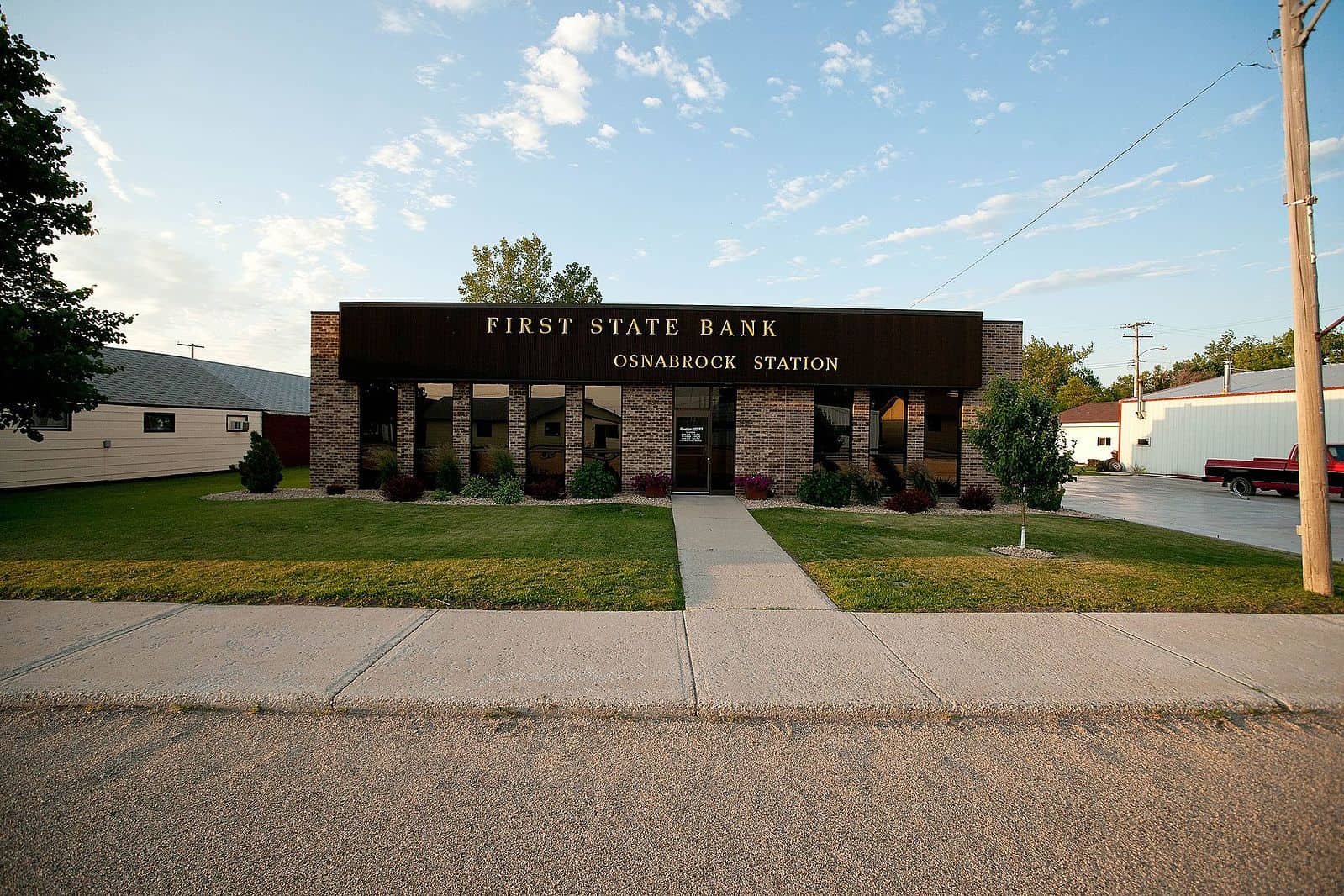

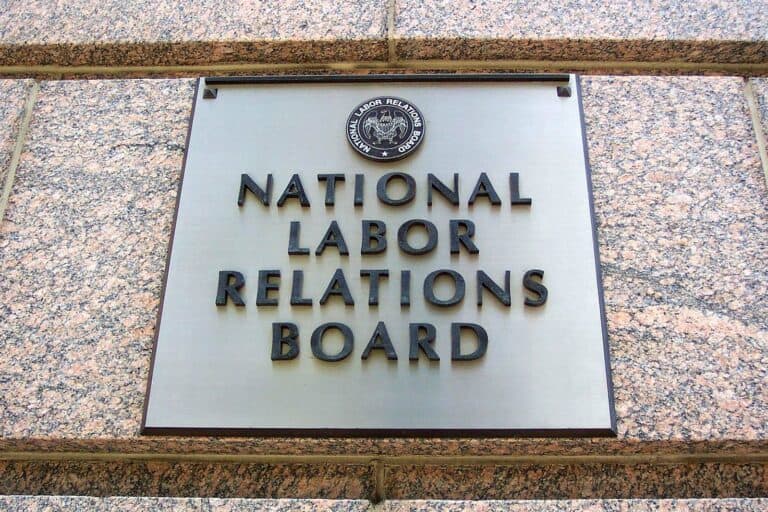
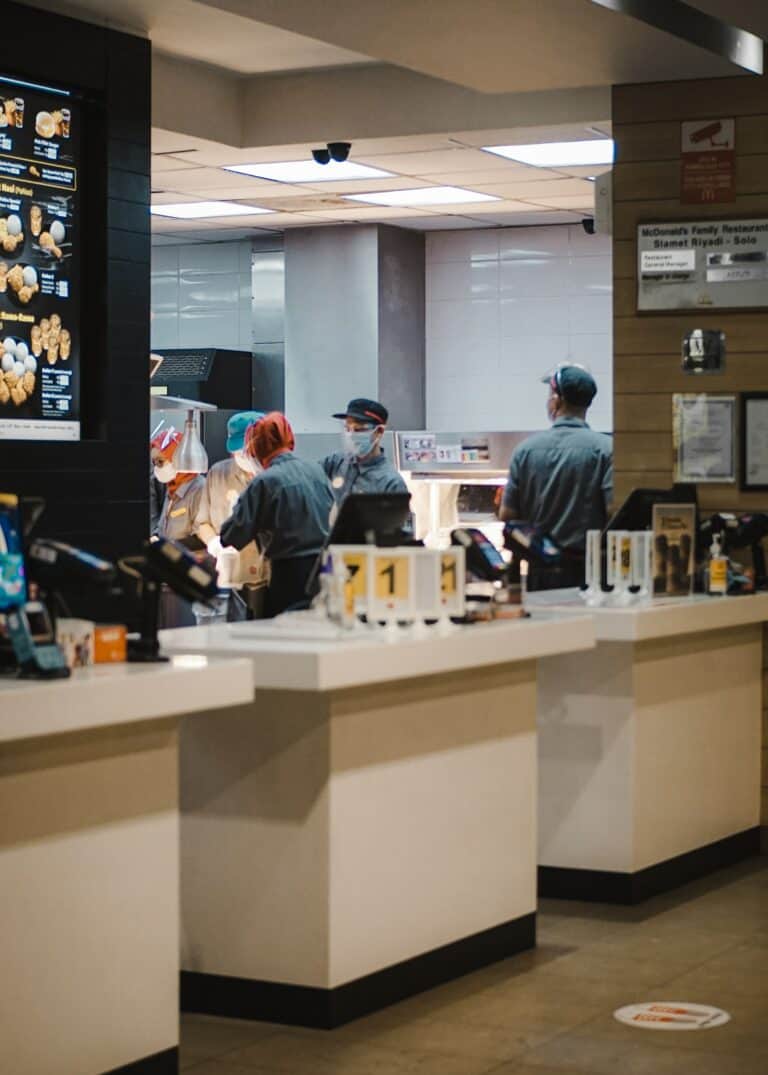
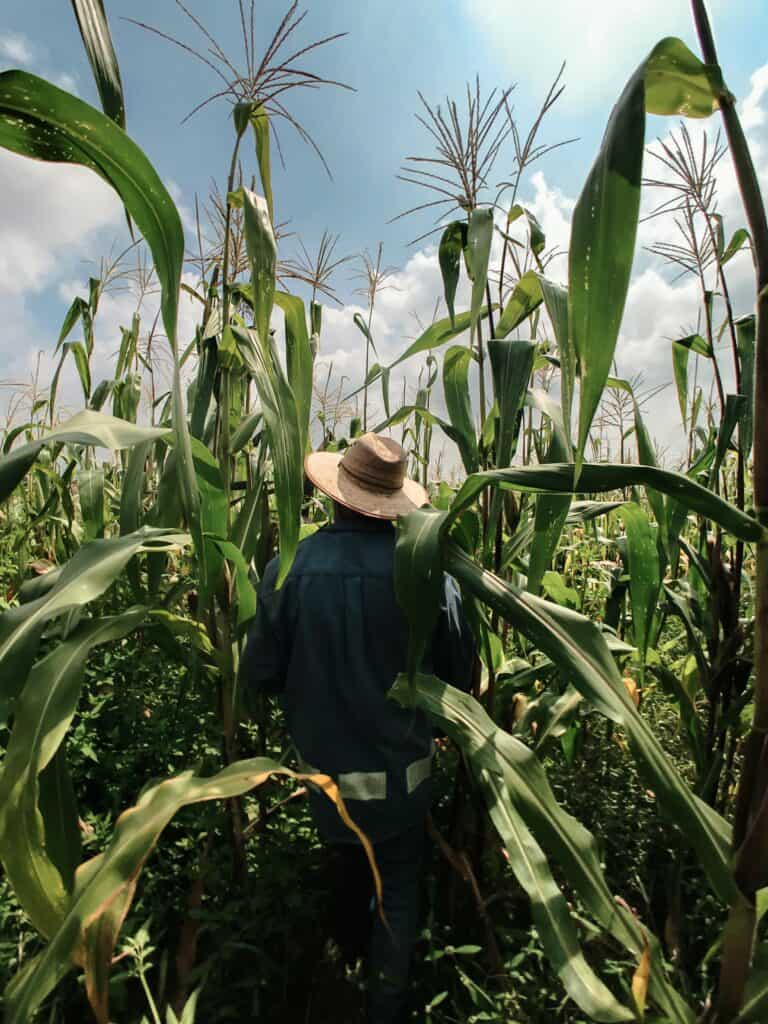

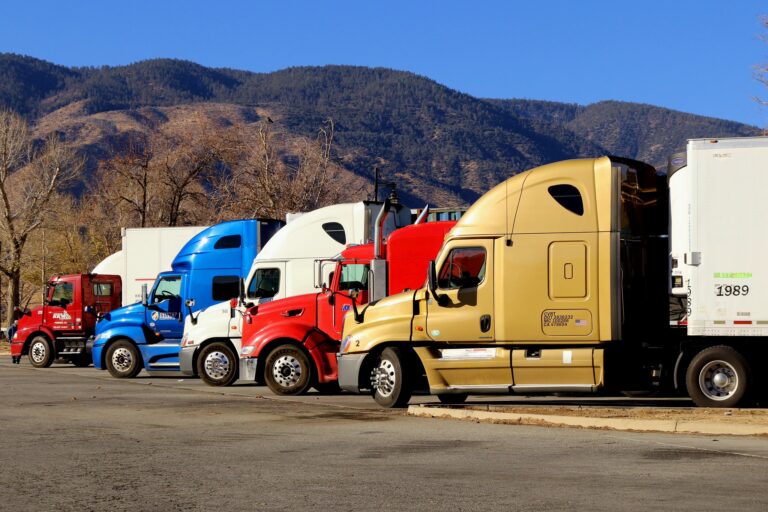
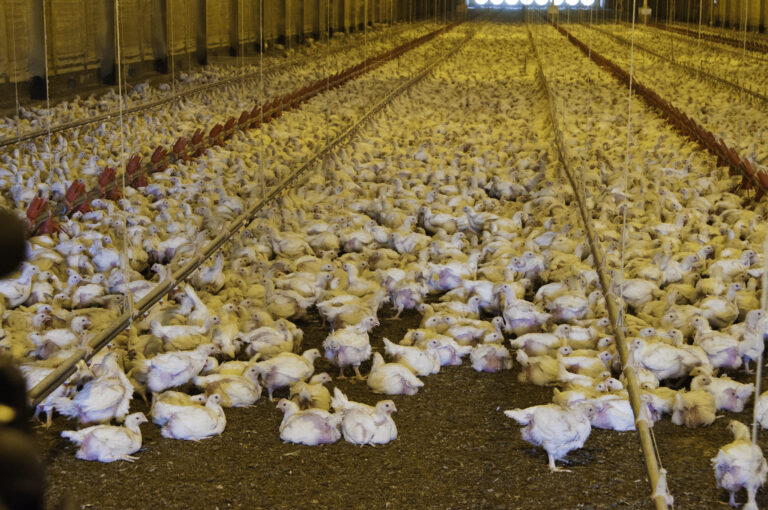

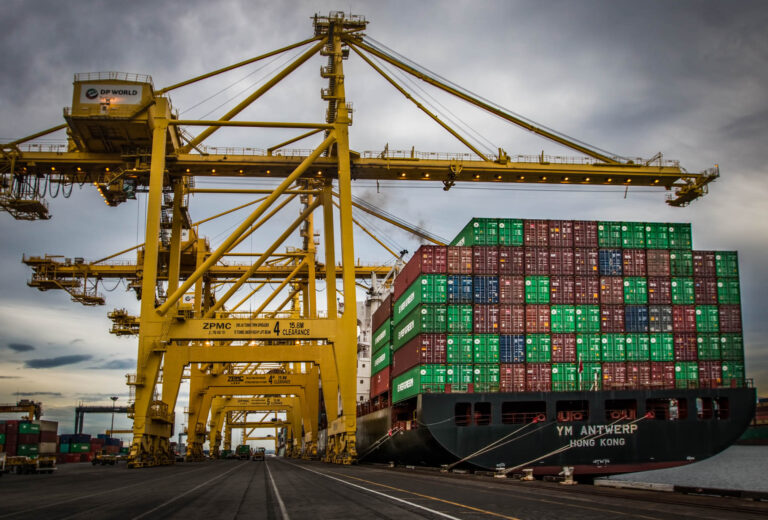
Daily News & Commentary
Start your day with our roundup of the latest labor developments. See all
December 12
OH vetoes bill weakening child labor protections; UT repeals public-sector bargaining ban; SCOTUS takes up case on post-arbitration award jurisdiction
December 11
House forces a vote on the “Protect America’s Workforce Act;” arguments on Trump’s executive order nullifying collective bargaining rights; and Penn State file a petition to form a union.
December 8
Private payrolls fall; NYC Council overrides mayoral veto on pay data; workers sue Starbucks.
December 7
Philadelphia transit workers indicate that a strike is imminent; a federal judge temporarily blocks State Department layoffs; and Virginia lawmakers consider legislation to repeal the state’s “right to work” law.
December 5
Netflix set to acquire Warner Bros., Gen Z men are the most pro-union generation in history, and lawmakers introduce the “No Robot Bosses Act.”
December 4
Unionized journalists win arbitration concerning AI, Starbucks challenges two NLRB rulings in the Fifth Circuit, and Philadelphia transit workers resume contract negotiations.